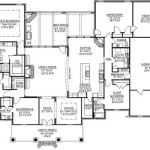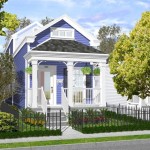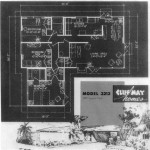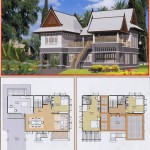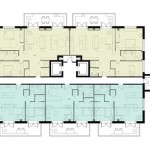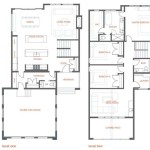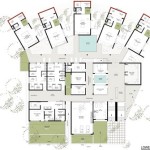Mountain Cabin House Plans: Essential Aspects to Consider
Nestled amidst towering peaks and whispering pines, mountain cabins offer a secluded retreat from the hustle and bustle of daily life. When it comes to building your own mountain haven, careful planning is crucial. Here are some essential aspects to consider when selecting mountain cabin house plans:
Location and Topography
The location of your cabin will significantly impact its design and construction. Consider factors such as access to roads, proximity to utilities, and the slope and terrain of the land. A steep or rocky site may require additional excavation and foundation work, while a gently sloping area may offer better drainage and ease of construction.
Climate and Environment
Mountain environments can experience extreme weather conditions, from heavy snowfall and icy winds to intense sun and thunderstorms. Choose house plans that incorporate features to withstand these elements, such as durable roofing materials, insulated walls, and a strong foundation system.
Size and Layout
Determine the size and layout of your cabin based on your needs and lifestyle. Consider the number of bedrooms and bathrooms required, as well as common areas such as a living room, dining area, and kitchen. Optimize space utilization by incorporating built-in storage, lofts, and multi-purpose rooms.
Materials and Finishes
Mountain cabins often feature rustic and natural materials that complement the surrounding environment. Log siding, stone accents, and heavy timber beams can add warmth and character to your cabin. However, ensure that materials are weather-resistant and durable to withstand the harsh conditions of a mountain environment.
Energy Efficiency and Sustainability
In remote mountain areas, energy efficiency is paramount. Consider house plans that incorporate passive solar design, such as large windows facing south and thermal mass to retain heat. Utilize energy-efficient appliances, lighting, and heating systems to reduce your environmental impact and save on energy costs.
Water and Wastewater Systems
Access to clean water and proper wastewater disposal is essential in mountain cabins. Consider the availability of groundwater or surface water sources and plan for a well or cistern. Design a septic system that meets the local regulations and ensures environmentally friendly waste disposal.
Additional Considerations
In addition to the above aspects, consider the following factors when choosing mountain cabin house plans:
- Porches and decks: Outdoor living spaces are essential in mountain cabins, providing a place to relax and enjoy the scenery.
- Storage: Mountain cabins often require additional storage space for firewood, tools, and recreational gear.
- Fire safety: Incorporate fire safety features such as smoke detectors, fire extinguishers, and a clear egress path.
- Accessibility: If you anticipate mobility issues in the future, consider plans that incorporate ramps, wide doorways, and accessible bathrooms.
By carefully considering these essential aspects, you can select mountain cabin house plans that meet your unique needs and create a comfortable and inviting retreat in the wilderness.

Cabin Floor Plan Log Home Plans Living House

Stone Mountain Cabin Plans Tiny House Blog Sims

25 Best Mountain House Plans For Your Vacation Home Craftsman Style

Small Mountain Cabin Plan By Max Fulbright Designs Floor Plans House

Small Mountain House Plans Houseplans Blog Com

Wonderful 1000 Ideas About Small Modern House Plans On Cottage At Base Of Squak Mountain W Cabin Design

Mountain House Plans By Max Fulbright Designs

Mountain Cabin Home Plan 3 Bedrms 1 5 Baths 1073 Sq Ft 167 1026

Plan 68623vr Two Story Mountain House With Vaulted Master Loft Craftsman Style Plans Brick Exterior

Small Mountain House Plans Houseplans Blog Com

